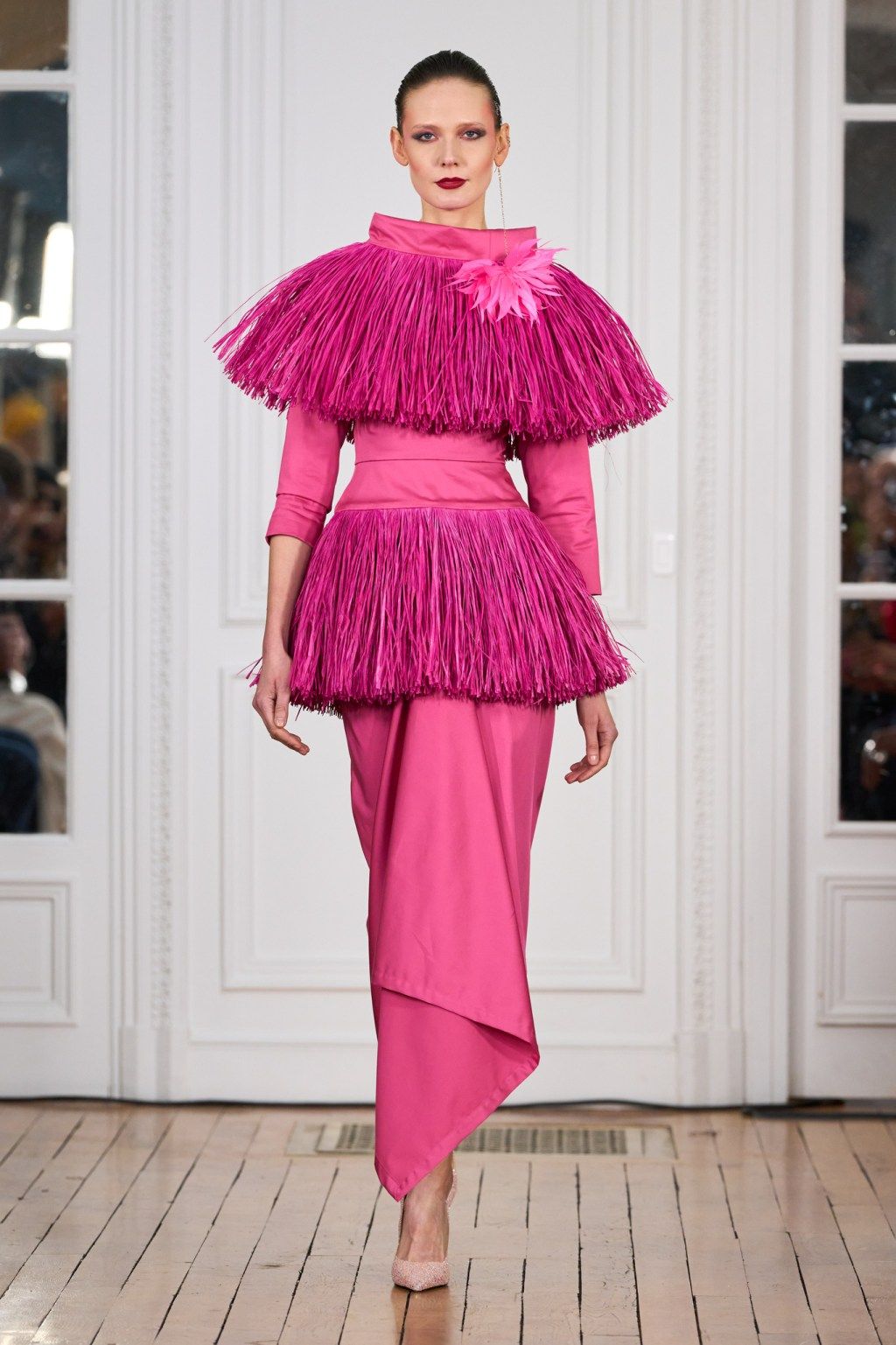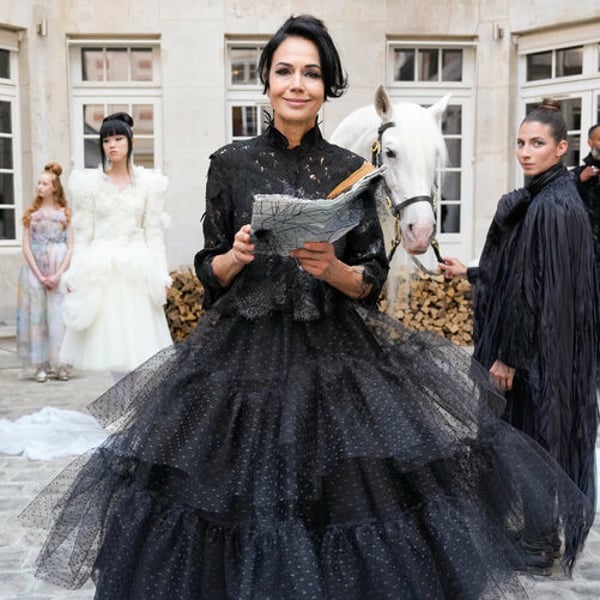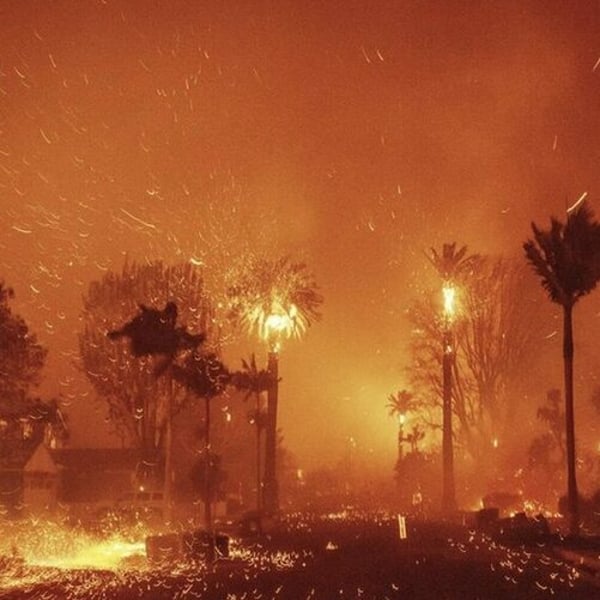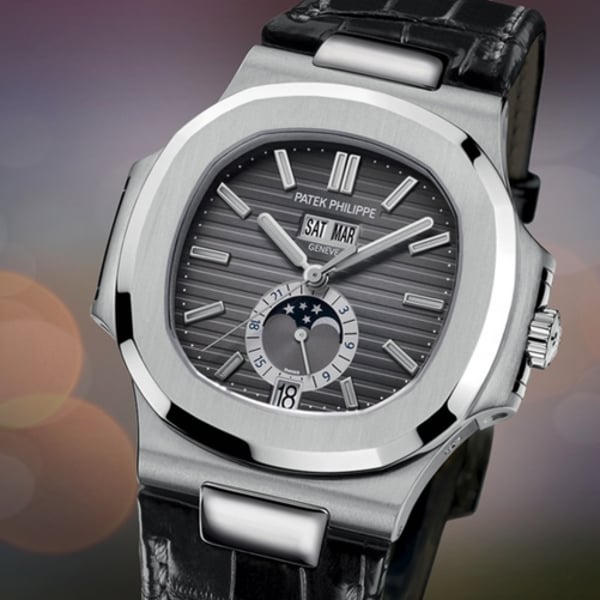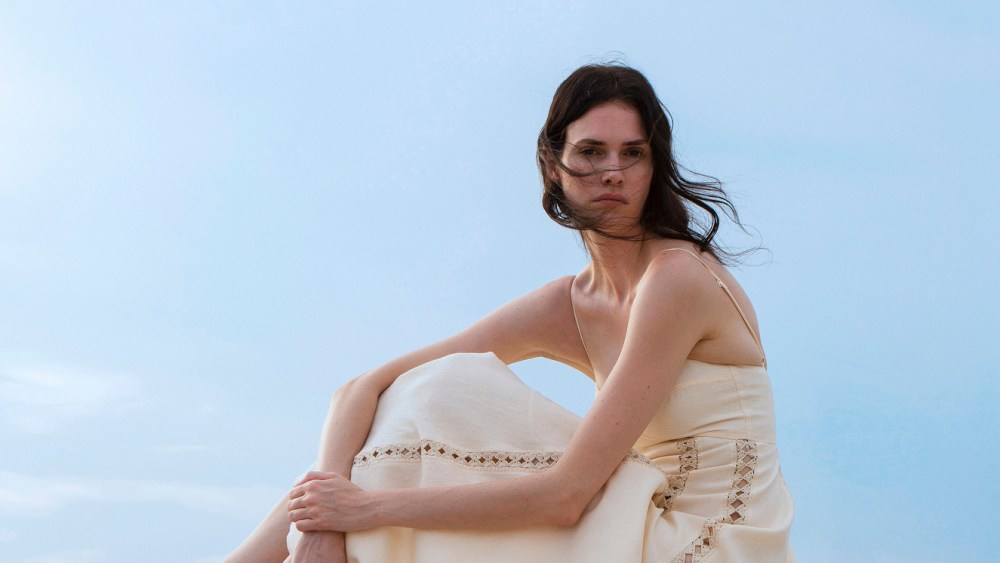Imane Ayissi paid homage to ancestral wardrobes (and the female form) with a celebration of draping and layering inspired by the draped fabric used in many parts of Africa, exploring “the link between body and fabric,” she said.
The Cameroon-born designer often juxtaposes traditional clothing fabrics, such as satin and taffeta, with ancient crafts from across Africa. Here he brought both together as a coherent whole.
In black or rich jewel tones, he wrapped his models in layers of satin and taffeta. Wide-leg pants and pencil skirts were the backdrop for tone-on-tone layered silhouettes. Wide strips of fabric formed dramatic offset bodices with train and bow details, accentuating bare shoulders, while draping provided voluminous peplums and bustles, highlighting the waist or hips. This was the backdrop against which she set out her celebration of African craftsmanship.
She incorporated Kente cloth into a striking pencil skirt and collarless cropped jacket combination with kimono sleeves, or as the bottom half of a sleeveless dress.
Roughly dyed, bandage-like strips of traditional fabric (whose width is determined by the handlooms on which they are made) were transformed into simplistically poetic dresses that had been sewn directly onto real models, whose graphic bodices revealed the skin beneath. their skirts like giant fringes in movement on the catwalk.
Rafia, another of Ayissi's signatures, was less present and more impressive. It formed a cape and skirt over a deep fuchsia dress, or graphic bow-shaped packets spliced onto the front of a scarlet minidress. Elsewhere, she adorned her bodices with button-centered circles of fabric, a signature she started playing with a couple of seasons ago, or with 3D flower appliqués made from tree bark.
For more Paris Haute Couture reviews, click here.

